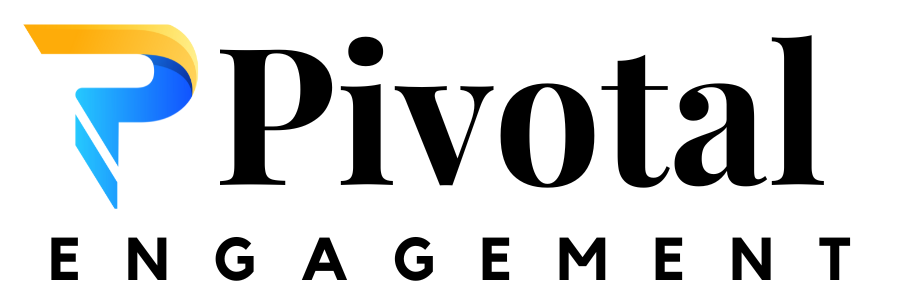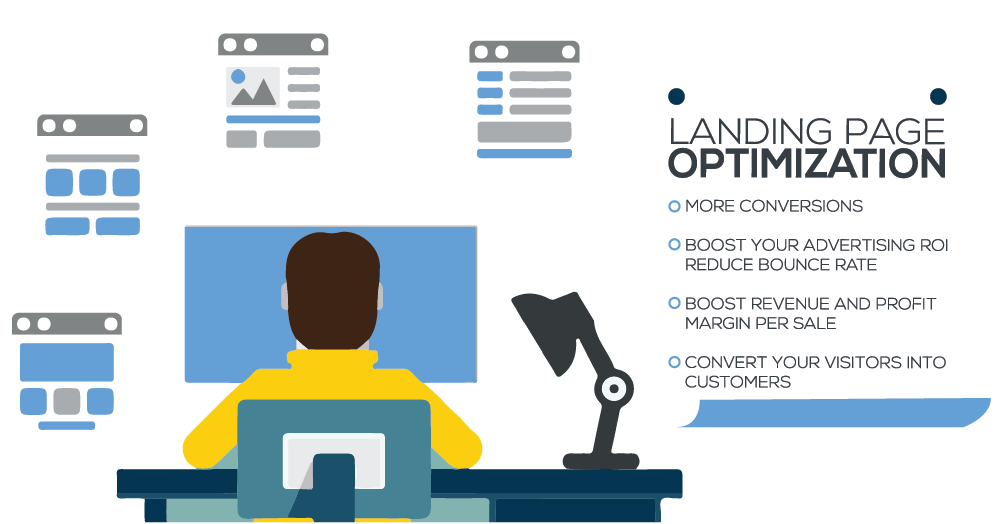The Importance of Conversion Rate Optimization (CRO)
Introduction
In today’s competitive digital landscape, attracting traffic to your website is only half the battle. The real challenge lies in converting visitors into paying customers. Conversion Rate Optimization (CRO) is the process of enhancing your website and marketing strategies to increase the percentage of users who complete a desired action, whether it’s making a purchase, signing up for a newsletter, or filling out a contact form. This article explores the significance of CRO, key principles, and best practices to maximize conversions and business growth.
Why CRO Matters
1. Maximizing Marketing ROI
CRO ensures that businesses get the most value out of their existing traffic. Instead of solely focusing on driving more visitors, improving conversion rates allows companies to generate more revenue without increasing ad spend.
2. Enhancing User Experience
A well-optimized website provides a seamless and intuitive user experience, reducing friction points that may discourage visitors from converting. Faster load times, mobile responsiveness, and clear call-to-actions (CTAs) contribute to higher engagement and conversion rates.
3. Data-Driven Decision Making
CRO relies on data analytics and A/B testing to identify areas for improvement. By continuously analyzing user behavior and testing different elements, businesses can make informed decisions that lead to higher conversions.
4. Competitive Advantage
Companies that prioritize CRO gain a competitive edge by optimizing their websites for user satisfaction and conversions. A well-optimized site can outperform competitors, leading to higher customer acquisition and retention rates.
Key Elements of an Effective CRO Strategy
1. User Behavior Analysis
Understanding how users interact with your site through tools like heatmaps, session recordings, and analytics reports helps identify pain points and opportunities for optimization.
2. A/B Testing and Experimentation
Comparing different versions of landing pages, headlines, CTAs, and layouts through A/B testing helps determine what resonates best with visitors and drives higher conversions.
3. Optimized Landing Pages
A focused and compelling landing page with a clear value proposition, minimal distractions, and persuasive CTAs significantly improves conversion rates.
4. Improved Website Speed and Mobile-Friendliness
Slow load times and poor mobile experiences lead to high bounce rates. Ensuring a fast and mobile-optimized website enhances user satisfaction and conversion potential.
5. Clear and Compelling CTAs
Well-designed CTAs with actionable language guide users towards conversions. Placement, color, and messaging all play a crucial role in effectiveness.
6. Trust Signals and Social Proof
Customer testimonials, reviews, and trust badges build credibility and reduce skepticism, encouraging users to take action.
Best Practices for CRO Implementation
-
Continuously analyze and refine your strategies based on data insights.
-
Personalize user experiences with dynamic content tailored to visitor behavior.
-
Streamline the checkout process to reduce cart abandonment.
-
Utilize retargeting campaigns to re-engage potential customers.
-
Keep forms short and simple to encourage more sign-ups and lead generation.
Conclusion
Conversion Rate Optimization is essential for businesses looking to improve their digital marketing performance and drive sustainable growth. By prioritizing user experience, leveraging data-driven insights, and implementing continuous optimization strategies, businesses can enhance their conversion rates, maximize ROI, and achieve long-term success.



